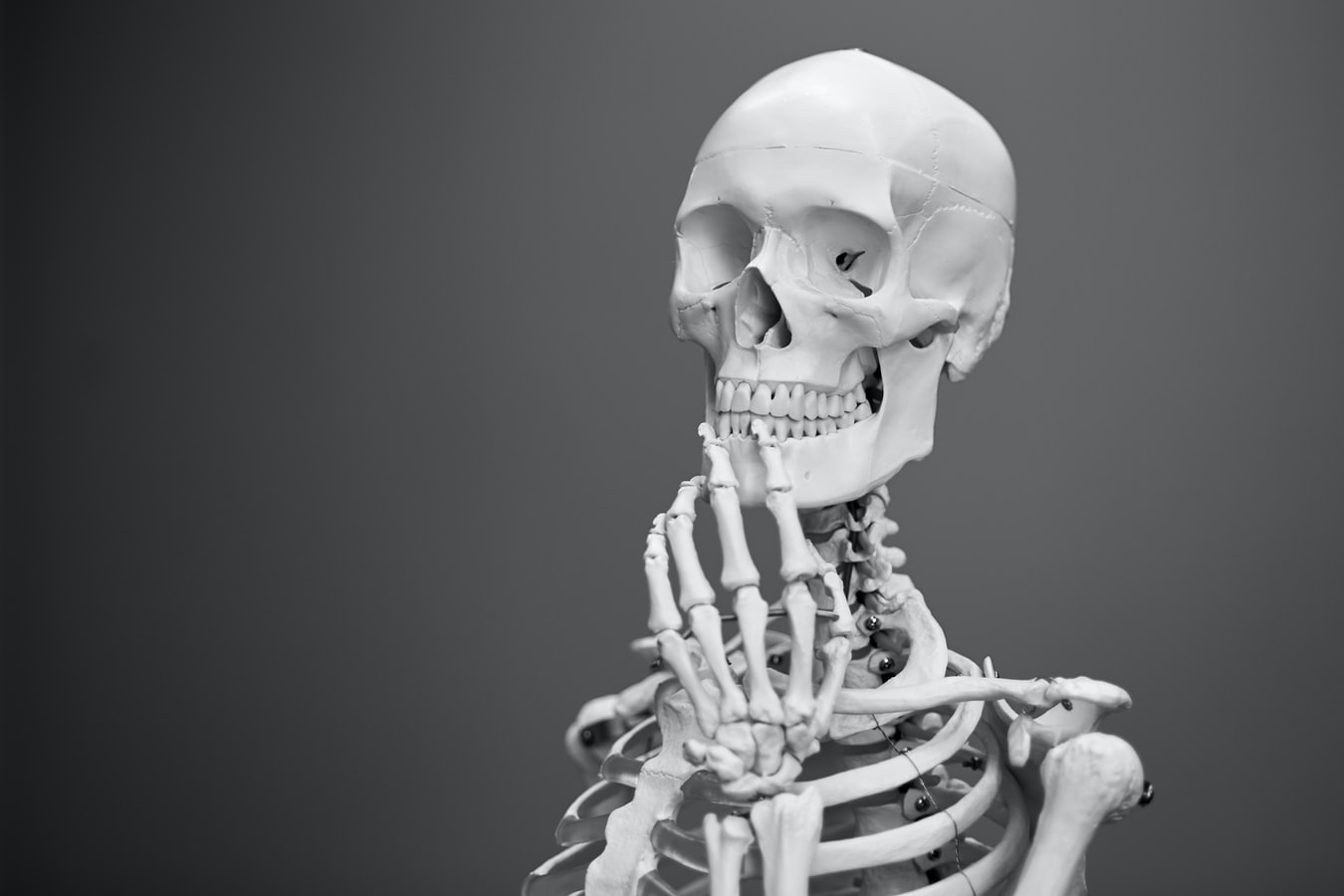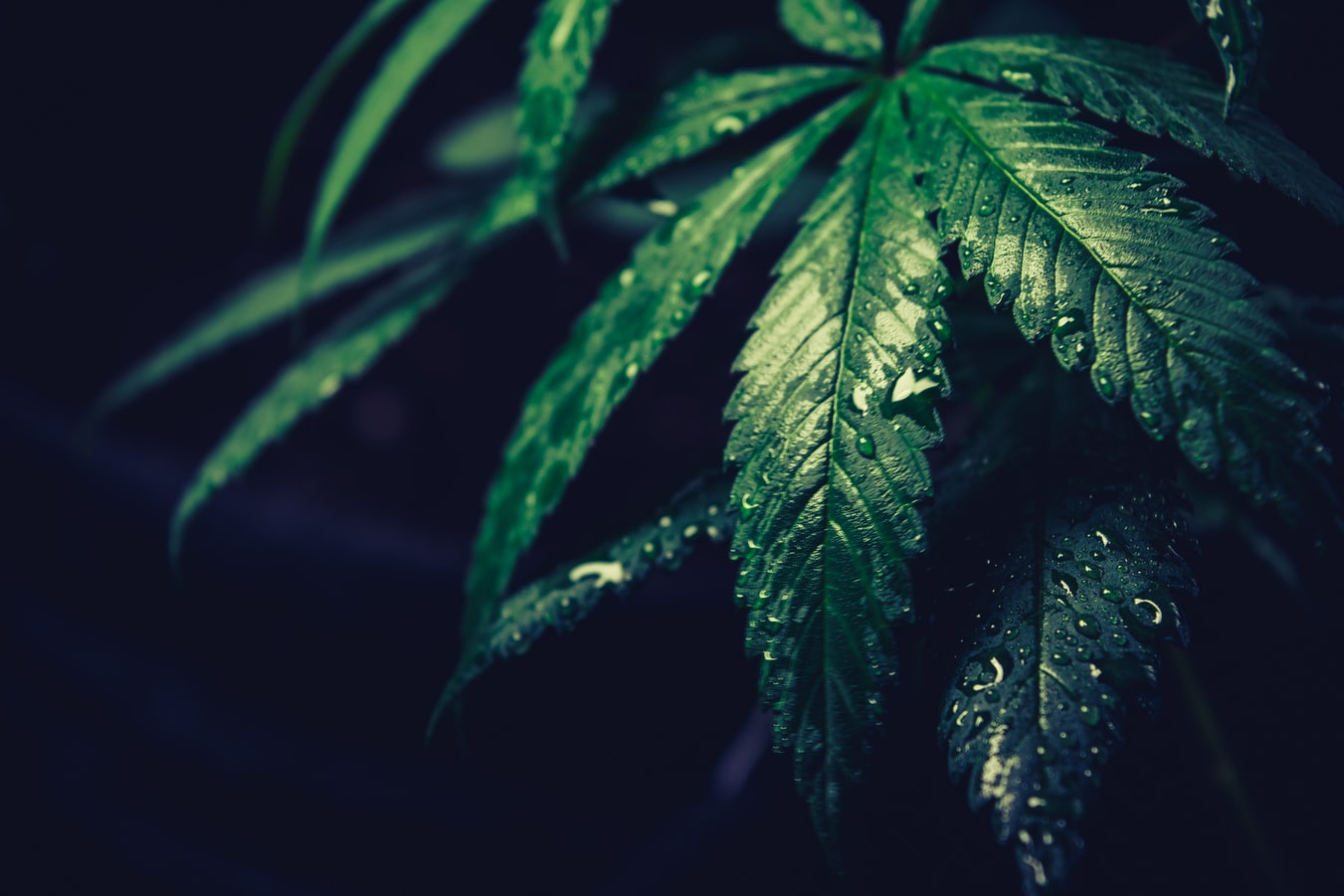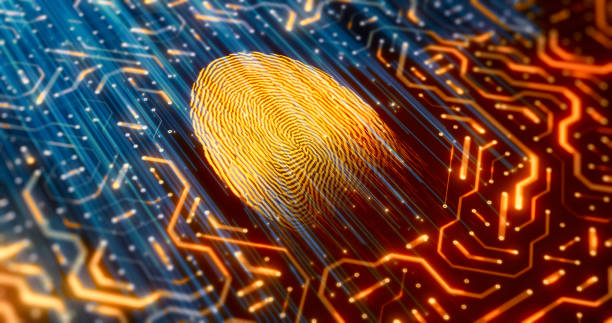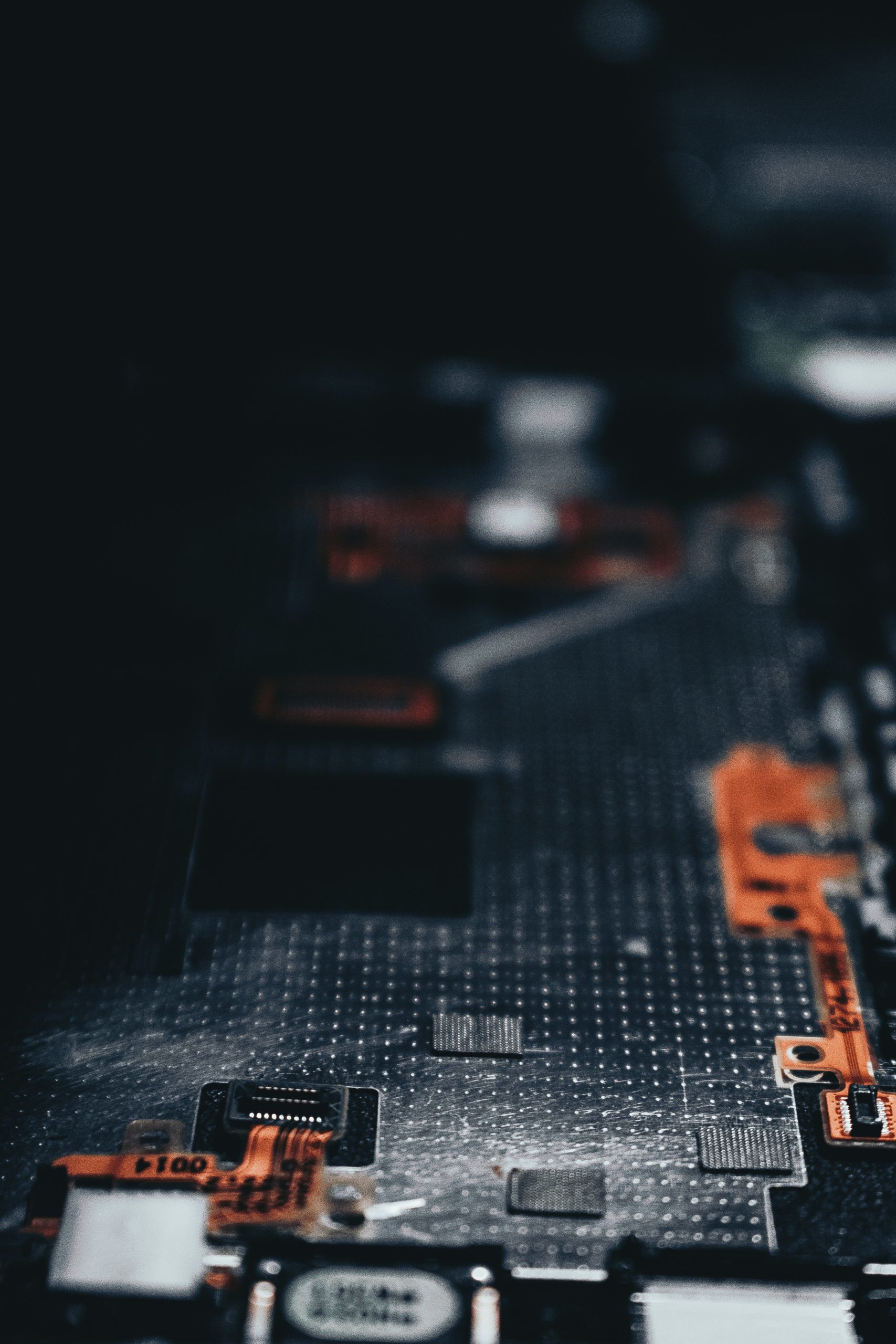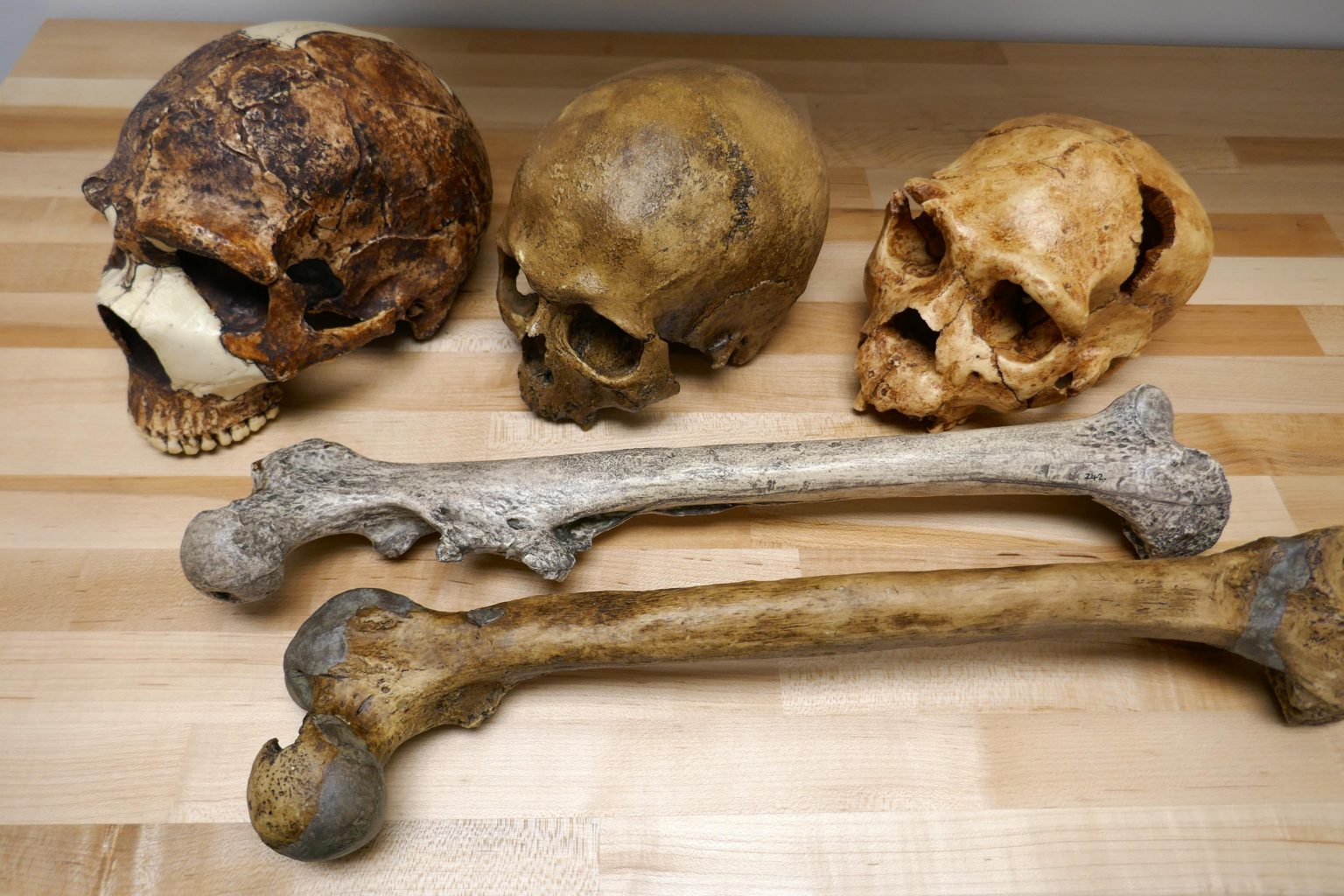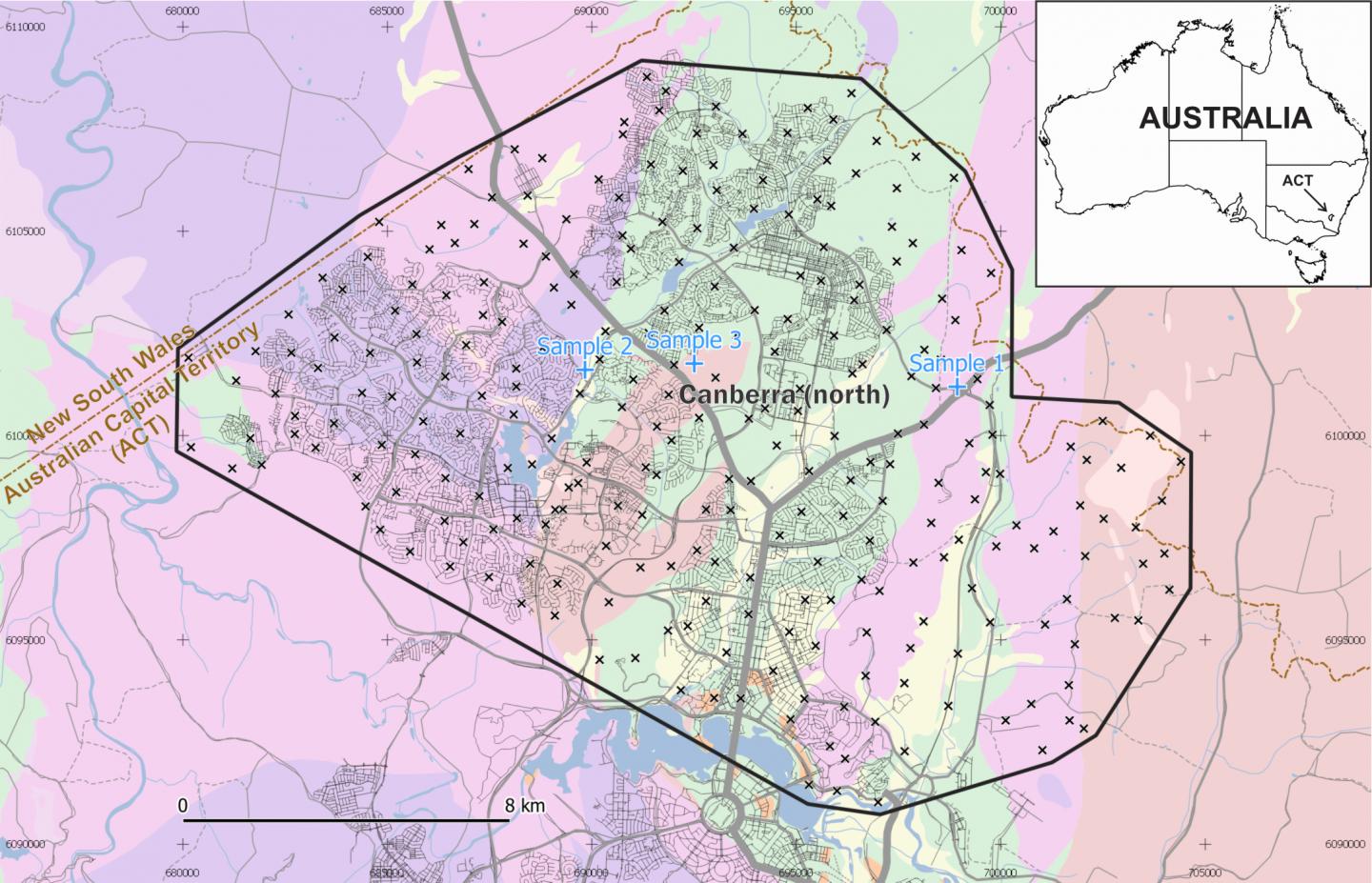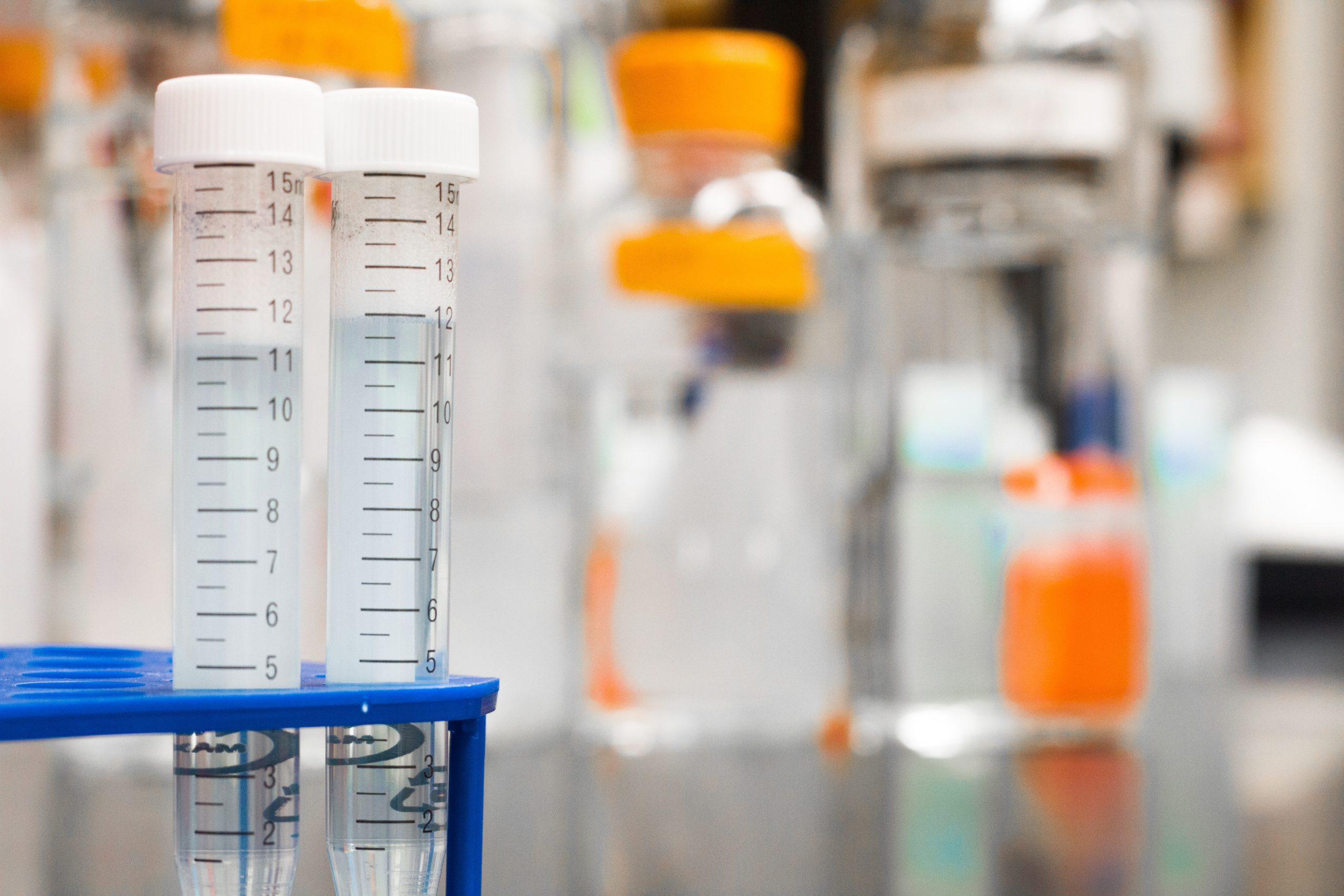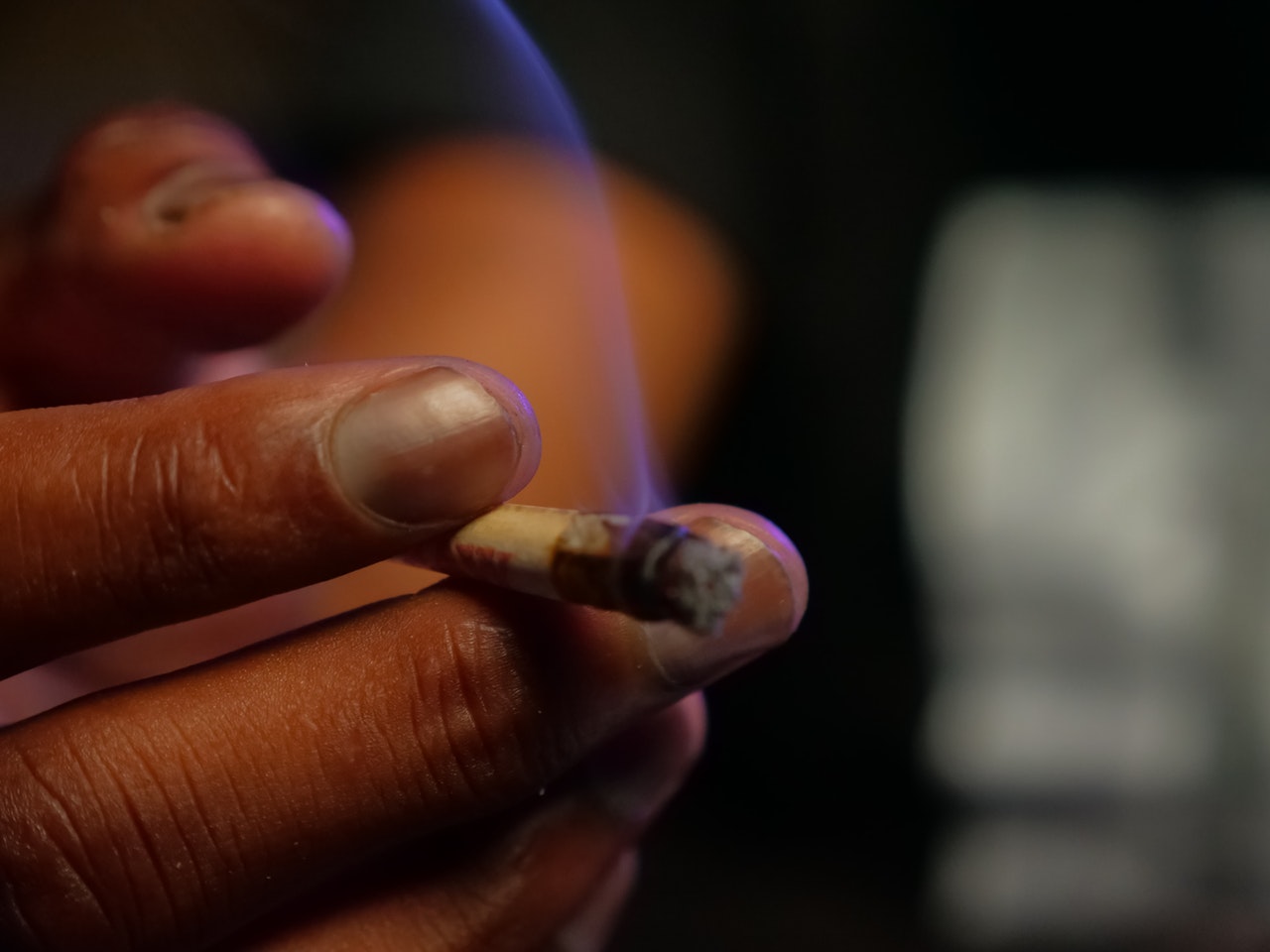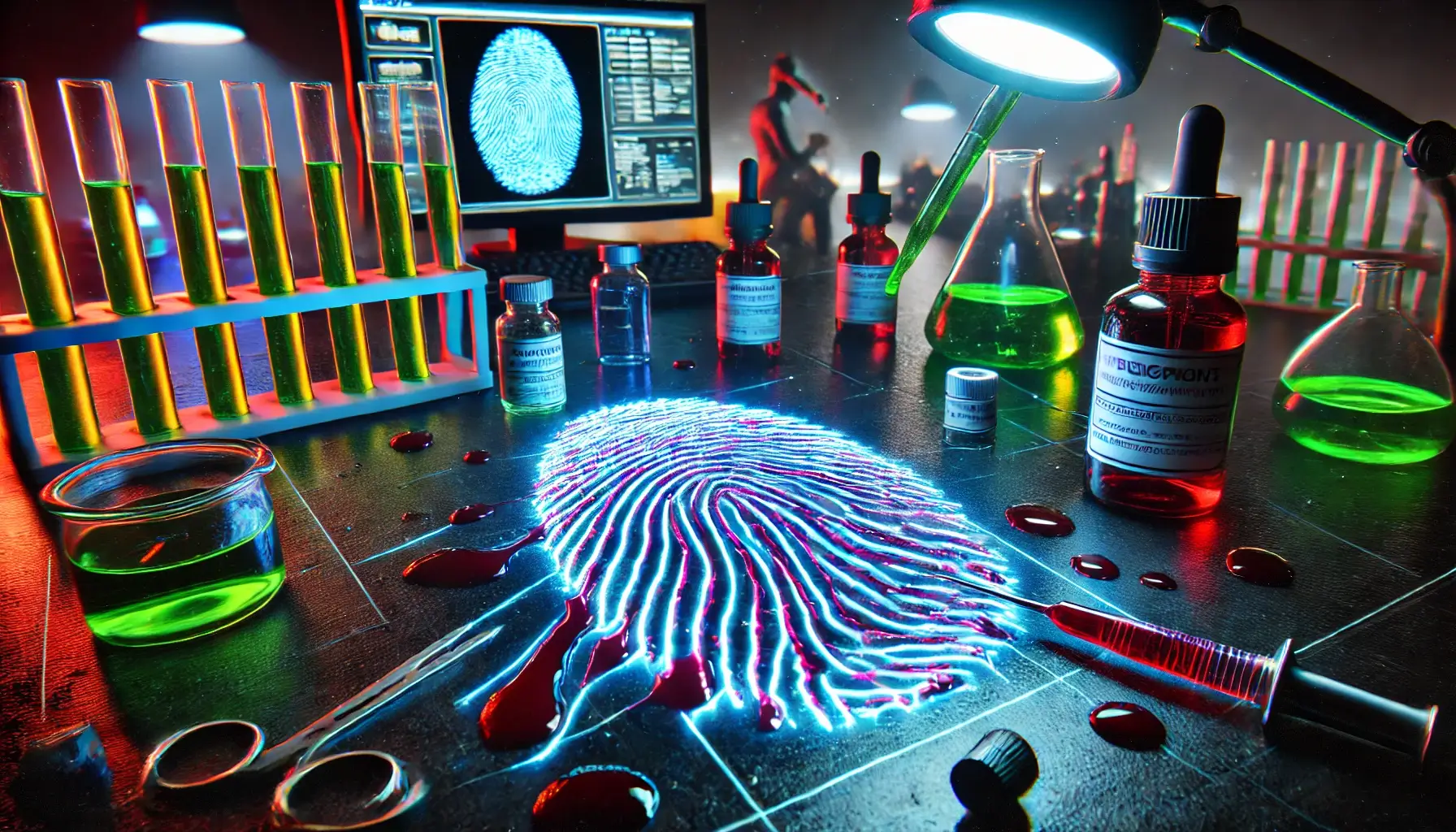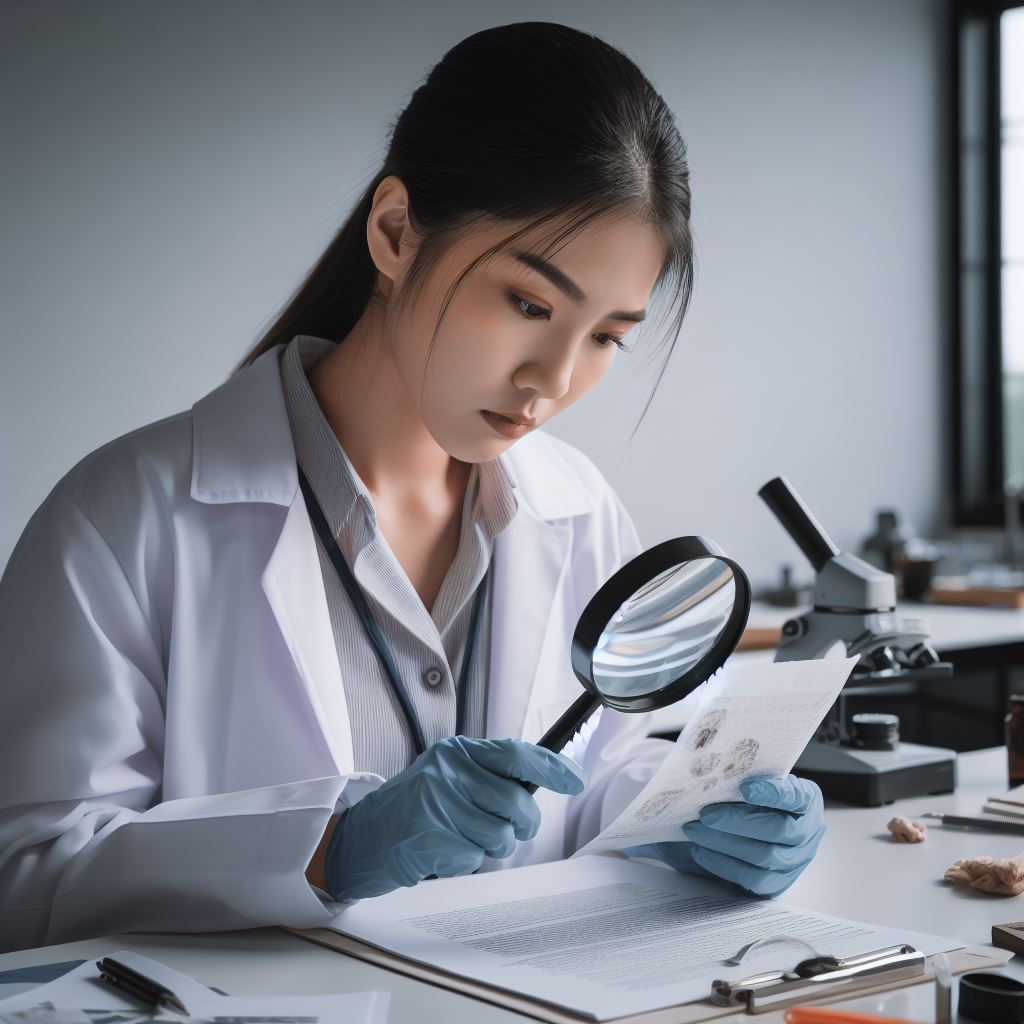Bulletproof fingerprint technology takes images in the round
Experts have developed a unique method for retrieving high resolution images of fingermarks from curved objects like bullet casings that offers greater detail and accuracy…
How Forensic Science is Unlocking the Mysteries of Fatal Lightning Strikes
Scientists have found the smoking gun in forensic lightning pathology that will help develop life-saving knowledge to address the lethal effects of the increasing number…
New approach to skeletal age-estimation can help identify juvenile remains
SFU archaeologists introduce a breakthrough skeletal age‐estimation method using cranial and mandibular measurements, improving forensic identification of juvenile remains.
Study finds Smartphone Sensors can be used to Detect Cannabis Intoxication
Learn how Rutgers researchers achieved 90% accuracy using smartphone sensors to detect cannabis intoxication. Discover applications in health and forensic science.
Study Evaluates the Use of Hands as a Biometric Identifier
Introduction Security systems worldwide use hand images for biometric identification, ensuring access to sensitive data and restricted spaces. However, forensic evidence involving hands often lacks…
Touch DNA from Pills Can Snare Drug Makers, Dealers
Forensic scientists have for the first time shown that DNA can be recovered from the surface of capsules after just 15 seconds of contact by…
New Research tool May Help Understand the Inaccuracies of Eyewitness Testimony
Researchers at the University of Toronto have developed an innovative tool to aid in the investigation of how we perceive and remember visual experiences. The…
Persistence and Recovery of DNA on Submerged Duct Tape
Duct tape and items retrieved from water are common pieces of evidence in forensic casework. However, there is little research uniting DNA recovery from immersed…
Study suggest need to replace ‘ancestry’ in forensics with something more accurate
A new study finds forensics researchers use terms related to ancestry and race in inconsistent ways, and calls for the discipline to adopt a new…
A study shows Digital forensics experts prone to bias
In the study, renowned cognitive bias expert Itiel Dror and co-author Nina Sunde illustrated that experts tended to find more or less evidence on a…
Climate changed the size of our bodies and, to some extent, our brains
Discover how climate shaped human body size over the last million years and how ecological and social factors drove brain evolution.
New method to identify dirt on criminals can lead to prosecution
Scientists have taken the first steps in developing a new method of identifying the movements of criminals using chemical analysis of soil and dust found…
The biosynthesis pathway of a new DNA nucleobase Z finally elucidated
Discover the biosynthesis pathway of a new DNA nucleobase, 2-aminoadenine (Z), offering enhanced stability and paving the way for synthetic genetic materials.
Ecologists developed a novel forensic tool for detecting laundering birds using isotope techniques
Ecologists from the Conservation Forensics Laboratory of the Research Division for Ecology and Biodiversity at the University of Hong Kong (HKU) have applied stable isotope…
Mastering Sample Preparation in Forensic Toxicology: Enhancing Throughput and Instrument Uptime
Discover the critical role of sample preparation in forensic toxicology. Effective techniques for various biological matrices can significantly enhance analytical throughput and instrument uptime, leading…
Forensics Puzzle Cracked via Fluid Mechanical Principles
Fluid Mechanics Unlocks Forensic Blood Spatter Mysteries In the intricate world of forensic science, every detail—from the smallest fiber to a single droplet of blood—can…
Use of both DNA and Archeological data result in better identification of human remains.
Ancient DNA (aDNA) analysis is a powerful tool in multidisciplinary research on human remains, potentially leading to kinship scenarios and historical identifications.
Field Sobriety Tests and THC Levels Unreliable Indicators of Marijuana Intoxication
NIJ research shows THC levels and sobriety tests are unreliable indicators of cannabis intoxication. Discover the key findings and legal implications.
New Polymer-Based Technology for Visualizing Latent Blood Fingerprints
A new fluorescent polymer-based technique allows for highly sensitive and nondestructive visualization of latent blood fingerprints, even on challenging surfaces. Learn how this breakthrough technology…
Sub-surface imaging technology can expose counterfeit travel documents.
New research reveals that Optical Coherence Tomography (OCT) can accurately detect counterfeit travel documents in seconds. This breakthrough in forensic science offers a non-destructive, high-resolution…






